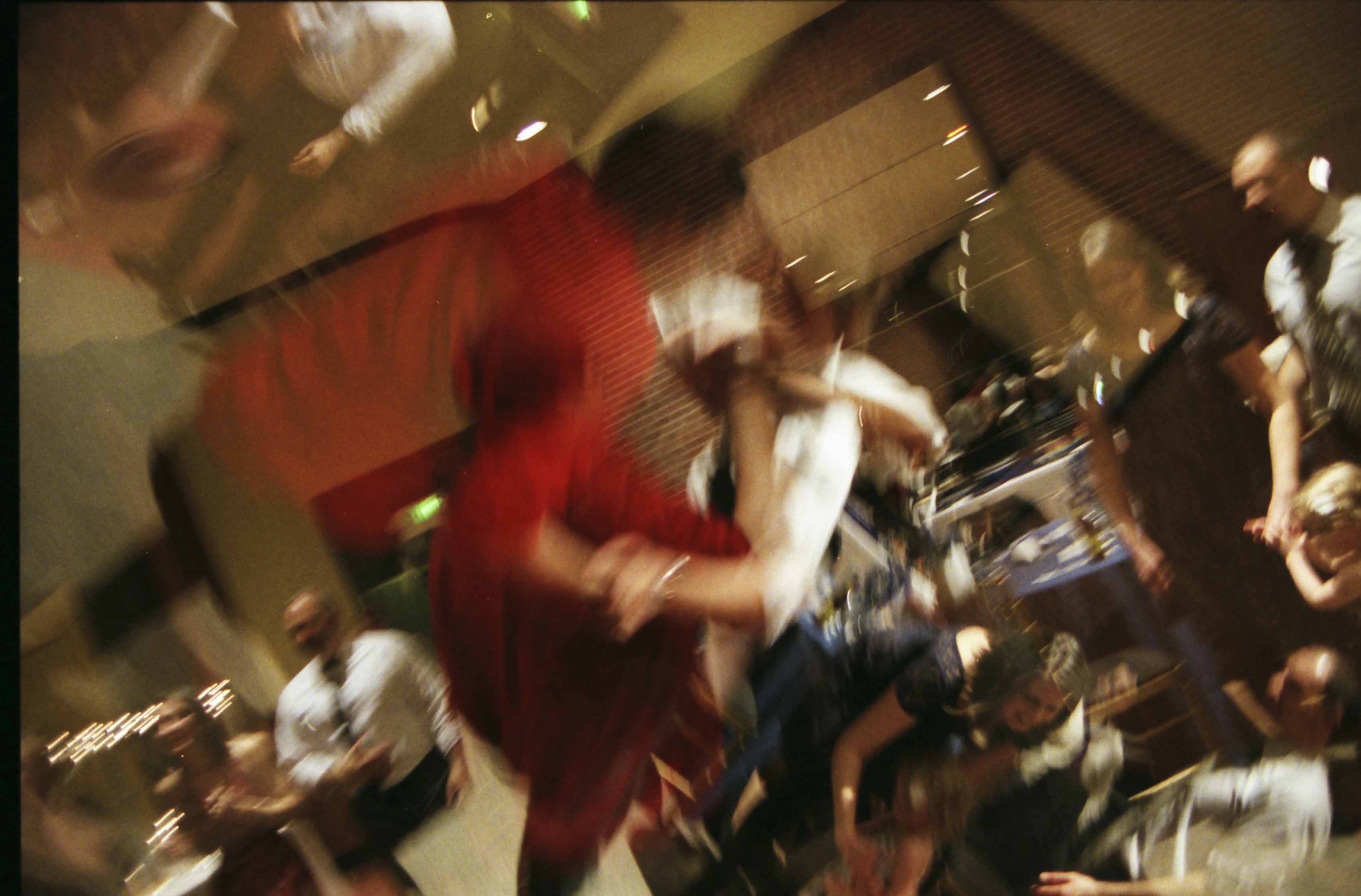Twenty-seven minutes into Sunday, but that’s just for those counting at home. Broadway and East Pine is the center of the world for some, and here, where lights and faces streak through the slow-shutter filter of a thousand bustling doorways, it’s still Saturday night. Listen to the clang of tongs on a concave surface, steam wafting out of industrial kitchen doorways; rich laughter from on high, the hearty, deep-throated kind, spilling out of a dance hall two floors above. Ancient wood and brick watch the world turn. A singing voice plays at half-speed, gravelly, nestled in an alley too dim and dank for touch. Young legs walk past, oblivious for now; they’ll hear his tune in dreams.
The sidewalks and crosswalks and plazas and roadways are littered with good cheer and revelry, as the youth reach out for Dionysus, flailing for ecstasy and touch, belonging, urges we knew in the days before language. Here is an American male with a story, crossing Pine street at an amble, over the rainbow-painted crosswalk several lengths behind his friends. They toss their hair and adjust their skirts just so, with each minute trying themselves out for size, working toward a sharper conception of self.
Is he downcast? Hard to call from this angle. A hipster would wear his sneakers, and his pants are fitted, riding the crossroads between casual and covetous; the grey sweatshirt compliments his chocolate skin, classy but no big deal. He’s closing in on finishing out the crosswalk when one of the waiting cars honks at him impatiently, and honks again. The girls turn back to look. Is he angry? Is he–
And then he starts to dance. He stays in front of the angry car, look at that sweet backstep, his elbows angular and alive, hips rotating in from another planet: this is the face of a whole body smiling.
The girls are loving it. Everyone does. The honking car made him the locus of attention, and he’s bounced the energy around for all, flipping it away with a sprightly jolt of his shoulders. My bus is empty, but I laugh to myself in the dark, warm in the intersection’s new flush. A hefty Waste Management truck drives in, turning into of my field of vision, the driver’s face moving close to mine– and you know he feels it too. His white teeth contrast in the dimness, grinning abundant before he even saw me. Any drudgery, any burdensome weight of his job is gone, and for now it’s just his beaming eye contact which acknowledges a common perspective, solidarity among us folks who drive heavy equipment around in circles. We’re smiling at each other without bothering to think about it.
The things we get to see out here.
Nathan Vass is an artist, filmmaker, photographer, and author by day, and a Metro bus driver by night, where his community-building work has been showcased on TED, NPR, The Seattle Times, KING 5 and landed him a spot on Seattle Magazine’s 2018 list of the 35 Most Influential People in Seattle. He has shown in over forty photography shows is also the director of nine films, six of which have shown at festivals, and one of which premiered at Henry Art Gallery. His book, The Lines That Make Us, is a Seattle bestseller and 2019 WA State Book Awards finalist.


